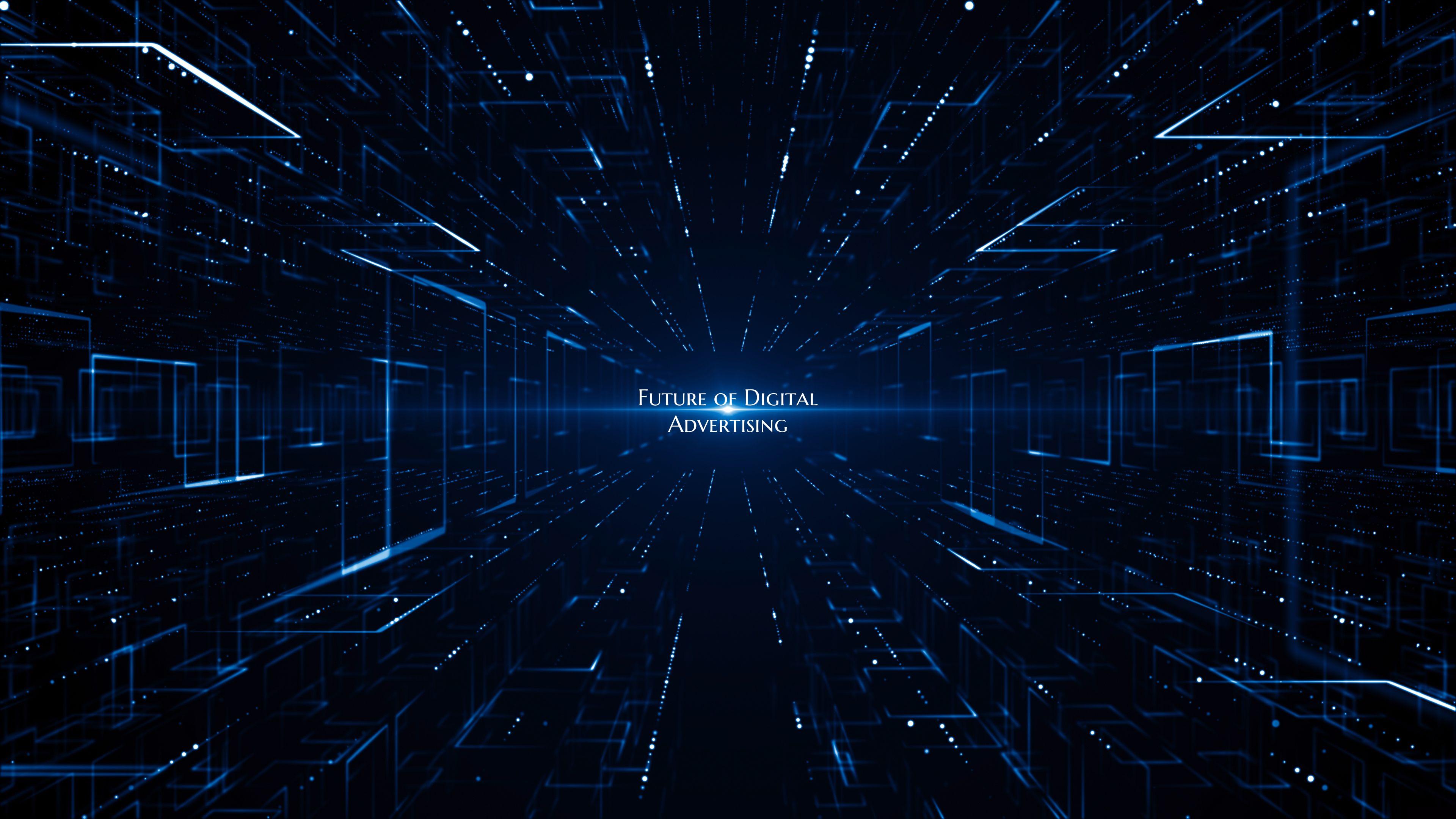Future of Digital Advertising
In today's fast-evolving digital landscape, advertising strategies are constantly adapting to keep up with changing consumer behaviors and technological advancements. Digital advertising, in particular, has become a cornerstone of marketing efforts for businesses looking to reach their target audiences in a more personalized and interactive way.
As we look ahead to the future of digital advertising, several key trends are poised to shape the industry and revolutionize the way brands connect with consumers.
1. AI-Powered Targeting: Artificial Intelligence (AI) is set to play a significant role in digital advertising moving forward. AI algorithms can analyze vast amounts of data to identify consumer preferences, behavior patterns, and deliver highly targeted ads. By leveraging AI-powered targeting, advertisers can ensure that their messages reach the right audience at the right time, leading to higher engagement and conversions.
2. Personalized and Interactive Content: Consumers today expect personalized experiences from brands, and digital advertising is no exception. Interactive content such as shoppable ads, polls, quizzes, and AR/VR experiences are becoming increasingly popular, providing users with unique and engaging ways to interact with brands. By creating personalized and interactive content, advertisers can foster deeper connections with their target audience and drive better results.
3. Privacy and Data Regulations: With growing concerns around data privacy and regulations such as the General Data Protection Regulation (GDPR) and the California Consumer Privacy Act (CCPA), advertisers will need to prioritize transparency and accountability in their data collection and usage practices. Adhering to strict privacy regulations is not only a legal requirement but also essential for maintaining consumer trust and loyalty.
4. Video and OTT Advertising: Video content continues to dominate digital platforms, with the rise of Over-the-Top (OTT) streaming services providing new opportunities for advertisers to reach audiences who are increasingly cutting the cord on traditional TV. As more consumers turn to streaming platforms for entertainment, advertisers can leverage video and OTT advertising to deliver engaging and targeted messages to a highly engaged audience.
5. Cross-Channel Integration: The future of digital advertising lies in seamless cross-channel integration, where brands can deliver consistent and cohesive messages across multiple touchpoints. By integrating digital advertising efforts with other marketing channels such as social media, email, and mobile, advertisers can create a unified brand experience that resonates with consumers at every stage of the customer journey.
In conclusion, the future of digital advertising holds immense potential for brands to engage with consumers in more meaningful and impactful ways. By embracing emerging technologies, prioritizing personalization, and staying compliant with privacy regulations, advertisers can stay ahead of the curve and drive successful campaigns in an increasingly digital world.

